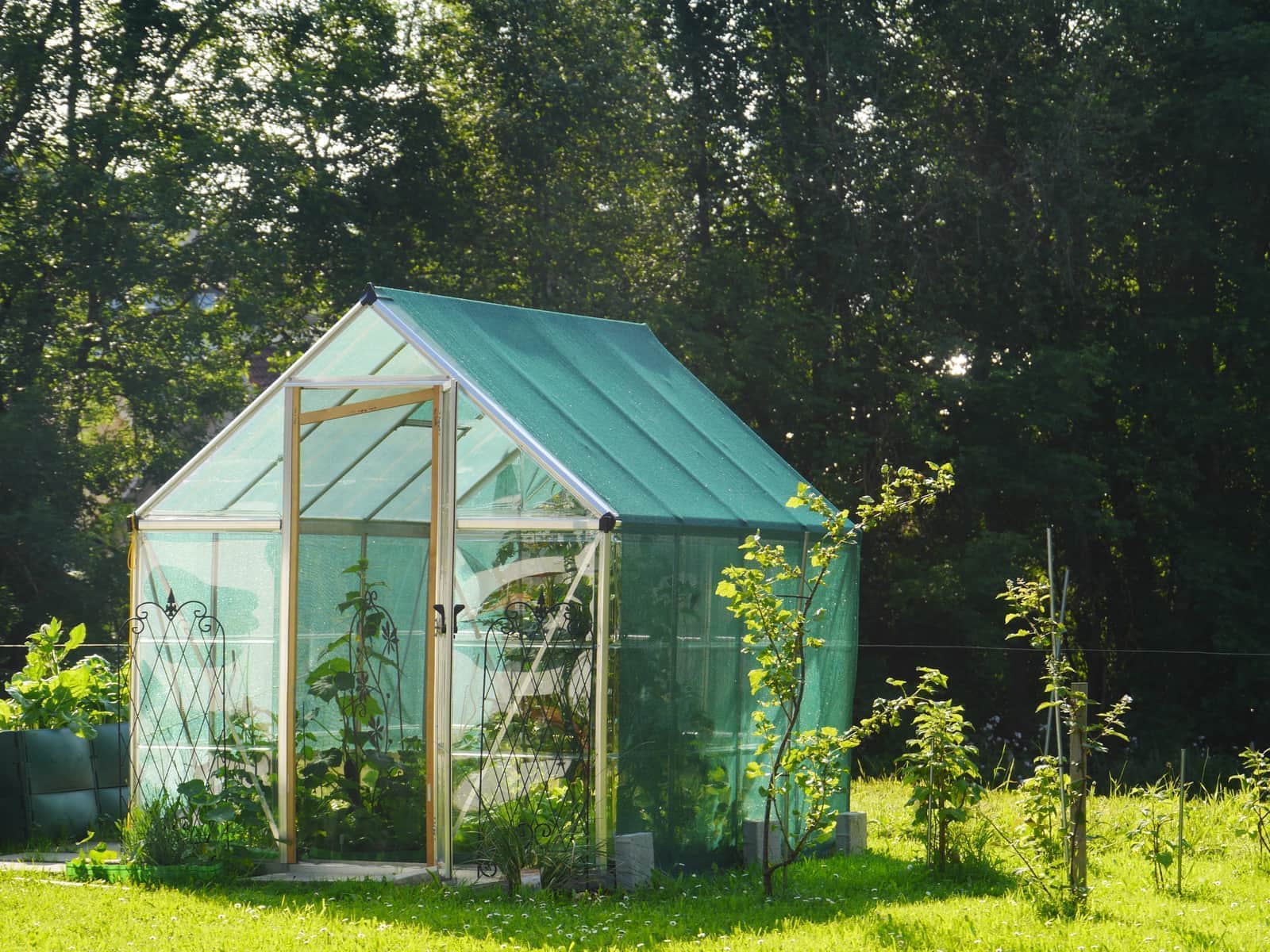GAHT System Design for Kansas Soil Conditions: Engineering Underground Climate Control
Understanding Kansas soil conditions is crucial for optimal GAHT system performance. Learn how soil thermal properties, moisture content, and seasonal variations affect underground heat exchange design.

Kansas presents unique soil challenges for Ground-Air Heat Transfer (GAHT) system design. Our clay-heavy soils, seasonal moisture variations, and freeze-thaw cycles require specialized engineering approaches to maximize thermal exchange efficiency.
Understanding Kansas Soil Thermal Properties
Kansas soils are predominantly clay-based with varying sand and loam content depending on location. Clay soils have excellent thermal mass properties but require careful moisture management for optimal heat transfer.
Key thermal characteristics of Kansas soils:
- Thermal conductivity: 0.8-1.4 W/m·K (clay), 1.2-2.5 W/m·K (sandy loam)
- Heat capacity: 1.4-1.8 MJ/m³·K (typical range)
- Thermal diffusivity: varies significantly with moisture content
- Stable ground temperature: 55-57°F at 6-8 feet depth
Optimal Pipe Depth and Spacing for Kansas Conditions
Our installations in Overland Park, Leawood, and surrounding areas typically use 6-8 foot depths to reach stable soil temperatures while avoiding seasonal frost penetration.
Pipe spacing is critical - too close and thermal interference reduces efficiency, too far apart and you need excessive pipe length. We typically space pipes 8-12 feet apart depending on soil thermal conductivity.
Moisture Management in Clay Soils
Kansas clay soils can become waterlogged, significantly affecting thermal performance. Proper drainage design is essential for maintaining consistent heat transfer rates throughout the year.
Clay soil moisture considerations:
- Install French drains to prevent water accumulation around pipes
- Use gravel backfill around pipes to improve drainage
- Consider soil amendments to improve thermal conductivity
- Account for seasonal moisture variations in system sizing
System Sizing and Fan Selection
Proper fan sizing is critical for Kansas GAHT systems. Our calculations account for soil thermal properties, greenhouse size, and local climate data to optimize airflow rates.
Typical installations require 1-3 CFM per square foot of greenhouse space, but Kansas clay soils often allow for lower airflow rates due to their excellent thermal mass properties.
Installation Best Practices for Kansas
Critical installation considerations:
- Excavate during dry conditions to avoid soil compaction
- Use 4-6 inch corrugated drainage pipe for optimal airflow
- Install cleanout access for long-term maintenance
- Slope pipes 1-2% toward collection points for condensation management
- Insulate above-ground portions to prevent heat loss
